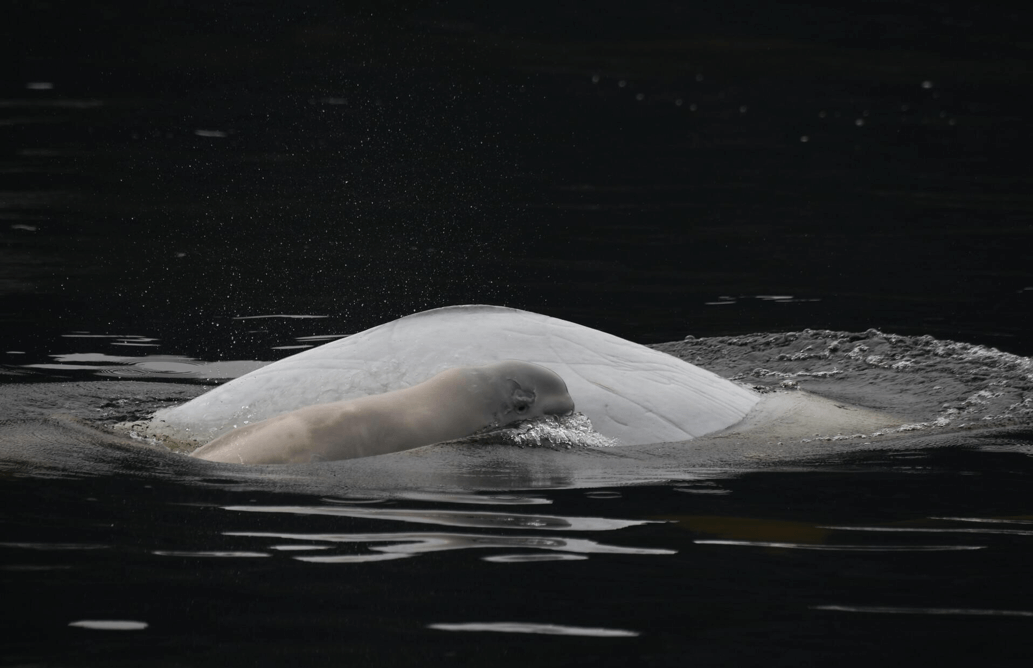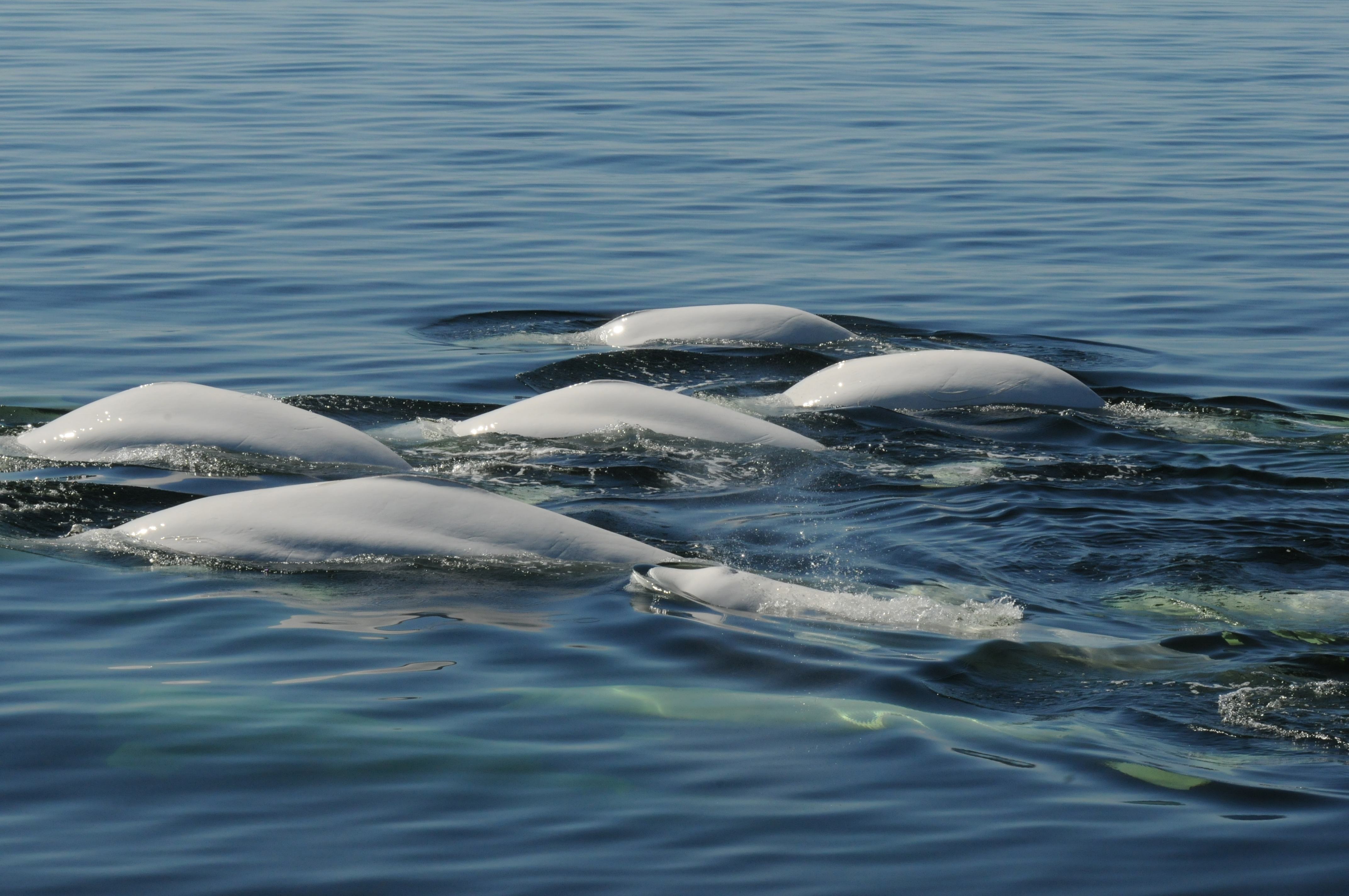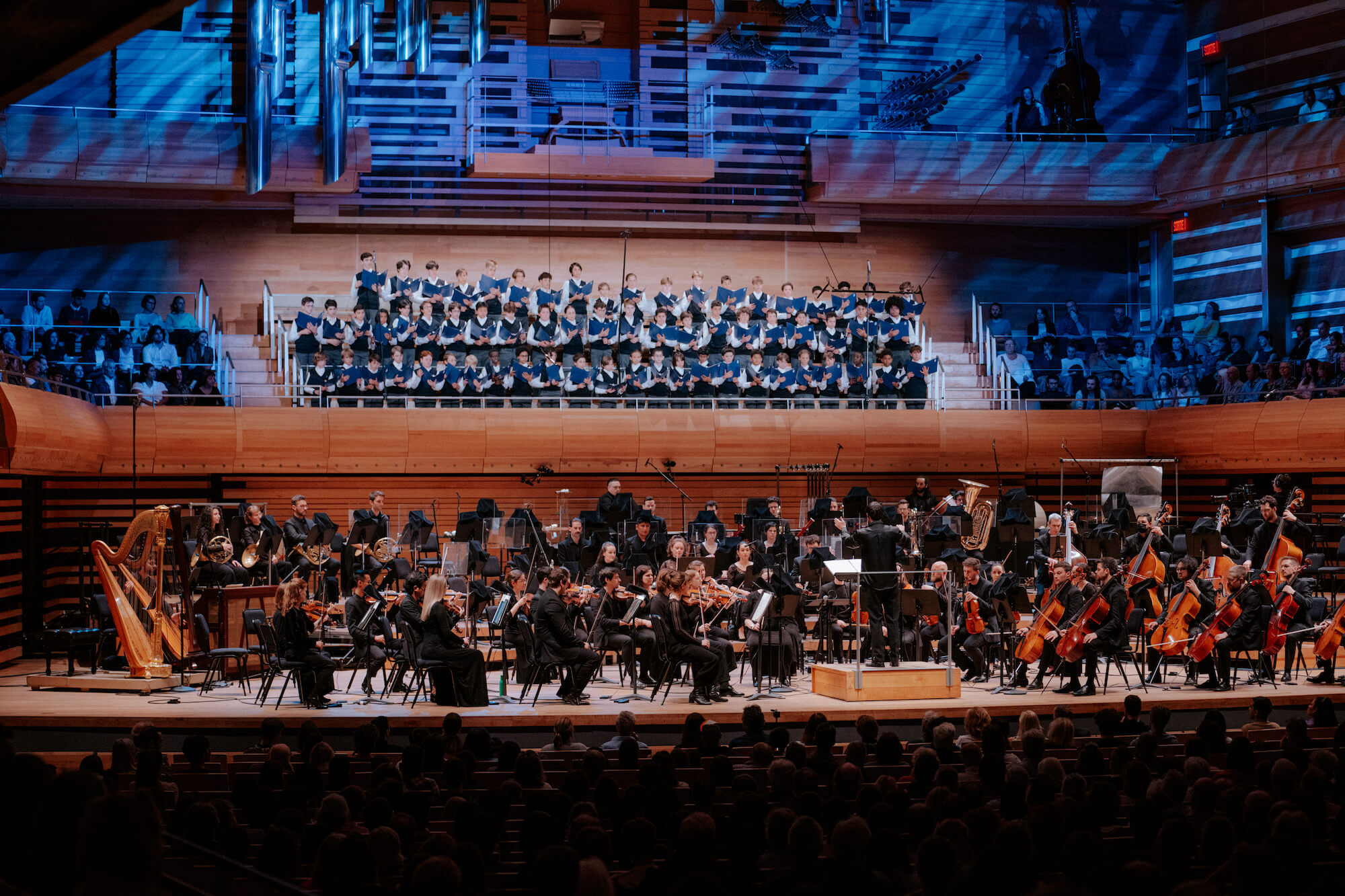New investments recently announced by the Canadian and Quebec governments in port areas and the marine ecosystem of the St. Lawrence raise both hopes and concerns for the protection of marine mammals. The 2016 federal budget proposes significant investments in the development of the Port of Cacouna, while also offering support for the creation of new Marine Protected Areas (MPAs). The same holds true at the provincial level: as part of its maritime strategy, the Quebec government recently announced colossal investments for the development of industrial and port areas, including Cacouna, but is also committed to creating new MPAs, notably for the protection of belugas. Are federal and provincial investments to develop the Port of Cacouna compatible with beluga conservation objectives?
The Canadian government’s 2016 budget – tabled on March 22, 2016 – proposed an investment of $6.7M, as part of the federal infrastructure initiative to upgrade the Port of Cacouna. This same budget proposes to allocate $81.3M over five years, beginning in 2016-2017, to Fisheries and Oceans Canada and Natural Resources Canada to support marine conservation, including the designation of new MPAs. Canada has identified sites of interest with a view to designate new MPAs. One of these is the St. Lawrence Estuary Marine Protected Area. Scheduled for 2006, progress in establishing this MPA has been slow-going. The goal of this MPA is to ensure the long-term conservation and protection of year-round resident or migratory marine mammals of the St. Lawrence Estuary, their habitats and their food resources.
A few weeks before the federal 2016 budget was unveiled, the Quebec government announced in a press release (in French) an investment of $300M to develop 16 industrial port areas. This initiative forms part of Quebec’s Maritime Strategy, and the Port of Cacouna is one of the 16 areas targeted. The 2015-2020 Action Plan of the Maritime Strategy also intends to “meet the international commitments put forth in the Convention on Biological Diversity by creating, in collaboration and consultation with the federal government, a representative network of marine protected areas covering at least 10% of the marine surface area, including the addition of marine protected areas in Quebec based on such issues as biodiversity and species at risk in the St. Lawrence, including the beluga.” Is this conservation objective compatible with the development of an industrial port zone in Cacouna?

In June 2015, the Port of Cacouna development project announced in the first Maritime Strategy of Quebec had triggered a major backlash. Numerous environmental organizations, including Nature Québec and the Canadian Parks and Wilderness Society (CPAWS), had issued press releases expressing concerns. Environmentalists and beluga experts had been urging the government to enlarge the protection zone in the Estuary to protect critical habitat of the St. Lawrence beluga, once and for all. According to CPAWS, Quebec’s Maritime Strategy, as presented in the 2015-2020 Action Plan, is a “missed opportunity for conservation“. A mere 1% of Quebec’s marine environment is protected. In 2011, Quebec had promised to protect 10% of its territory by 2015. This target has been postponed to 2020. According to Christian Simard, Executive Director of Nature Québec, the proposed development of the Port of Cacouna shows that Québec has not learned from its mistakes after the abandonment of the Cacouna oil terminal project. “In fact, when protecting marine biodiversity, conservation of critical beluga habitat should be the top priority. We should not be announcing large industrial port development projects without first taking environmental issues into consideration. This is the lesson that stands out from TransCanada’s failed terminal project. It was believed that the Quebec government had learned this lesson”, he stated in a July 2015 press release (in French).
In comparison, announcements in recent months regarding federal and provincial investments for the development of the Port of Cacouna elicited few reactions from environmentalists, at least in the media, apart from an article in the Huffington Post (in French). But concerns remain.

Players from the development, research and conservation sectors can work together to ensure the sustainability and compatibility of the various uses of the St. Lawrence, as demonstrated by the Working Group on Marine Traffic and Protection of Marine Mammals in the Gulf of St. Lawrence (G2T3M). Formed in 2011, the G2T3M is an umbrella organization of various stakeholders from the marine industry and research and conservation sectors which offers concrete solutions to reduce maritime shipping risks that marine mammals are exposed to in the St. Lawrence Estuary while authorizing activities of the Merchant Marine and without compromising security. Notably, thanks to this collaboration, shipping operators adopted voluntary steps to reduce speeds and avoid certain areas with high whale densities. According to Robert Michaud, scientific director of the Group for Research and Education on Marine Mammals (GREMM), planning a Maritime Strategy should be done in a coordinated and collaborative fashion. “If stakeholders would sit down at the same table to assess the cumulative impacts of maritime development projects and develop a truly integrated and sustainable maritime strategy, we would not need to act once again in a reactive manner to protect the beluga and its critical habitat,” he argues. “We know that Cacouna is a critical habitat for the beluga and would like to apply our scientific knowledge to minimize the negative impacts of development projects on this declining species,” he continues.
Will the provincial government seize the opportunity to bring together the various stakeholders of the region for the implementation of its Maritime Strategy? Will the federal and provincial investments announced over the course of the past month be planned in an integrated and coordinated fashion? The answers to these questions will determine the future of marine mammals in the St. Lawrence.
Sources (Translator’s note: articles in French have not been translated):
6,7 millions de dollars pour la remise à niveau du port de Cacouna
Government of Canada 2016 budget: Chapter 4 – A Clean Growth Economy
Fisheries and Oceans Canada: St. Lawrence Estuary Area of Interest
Québec investit 300 millions de dollars pour le développement des zones industrialo-portuaires
Quebec Maritime Strategy: 2015-2020 Action Plan
L’annonce de Québec suscite de «vives inquiétudes»





